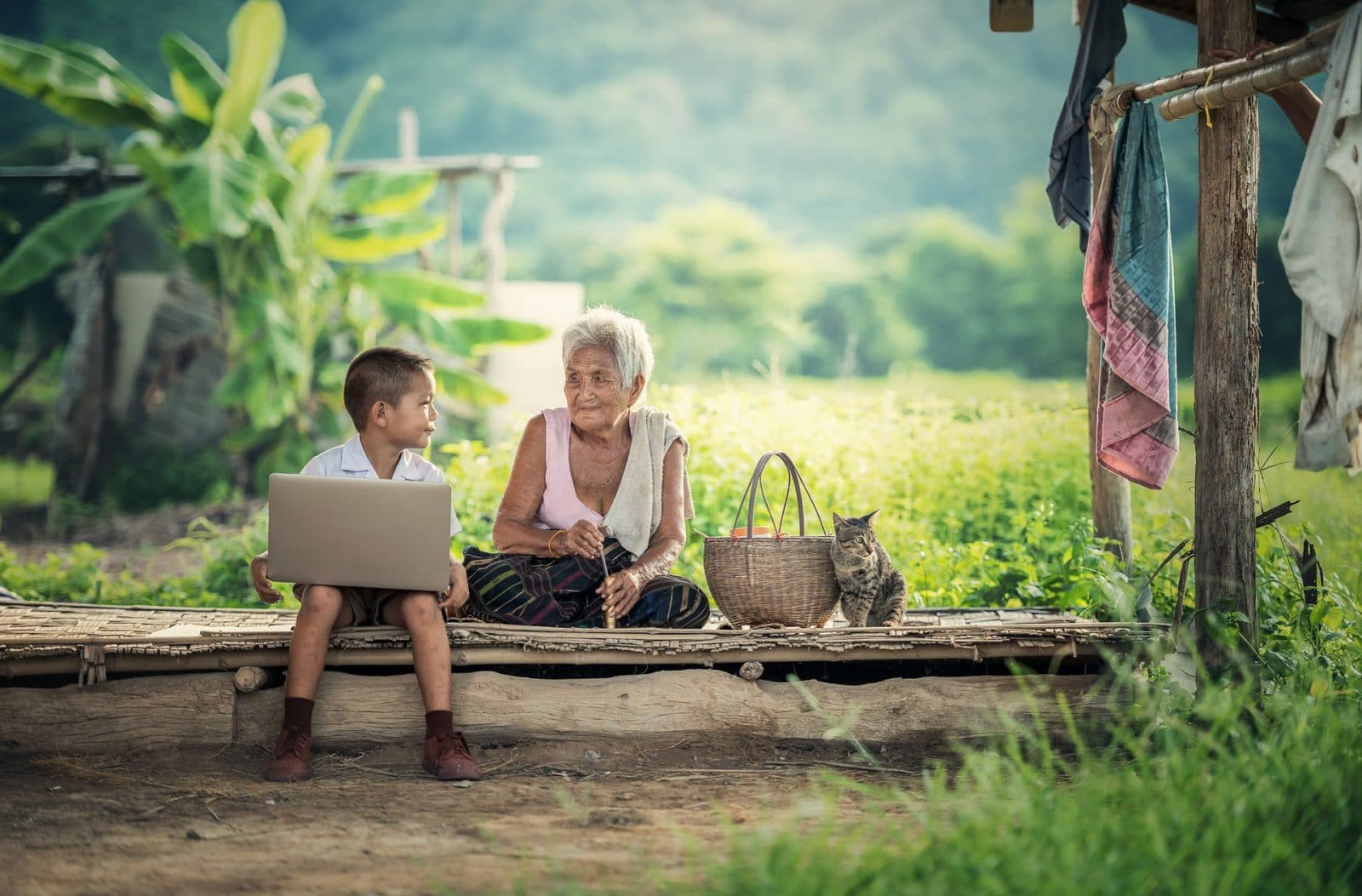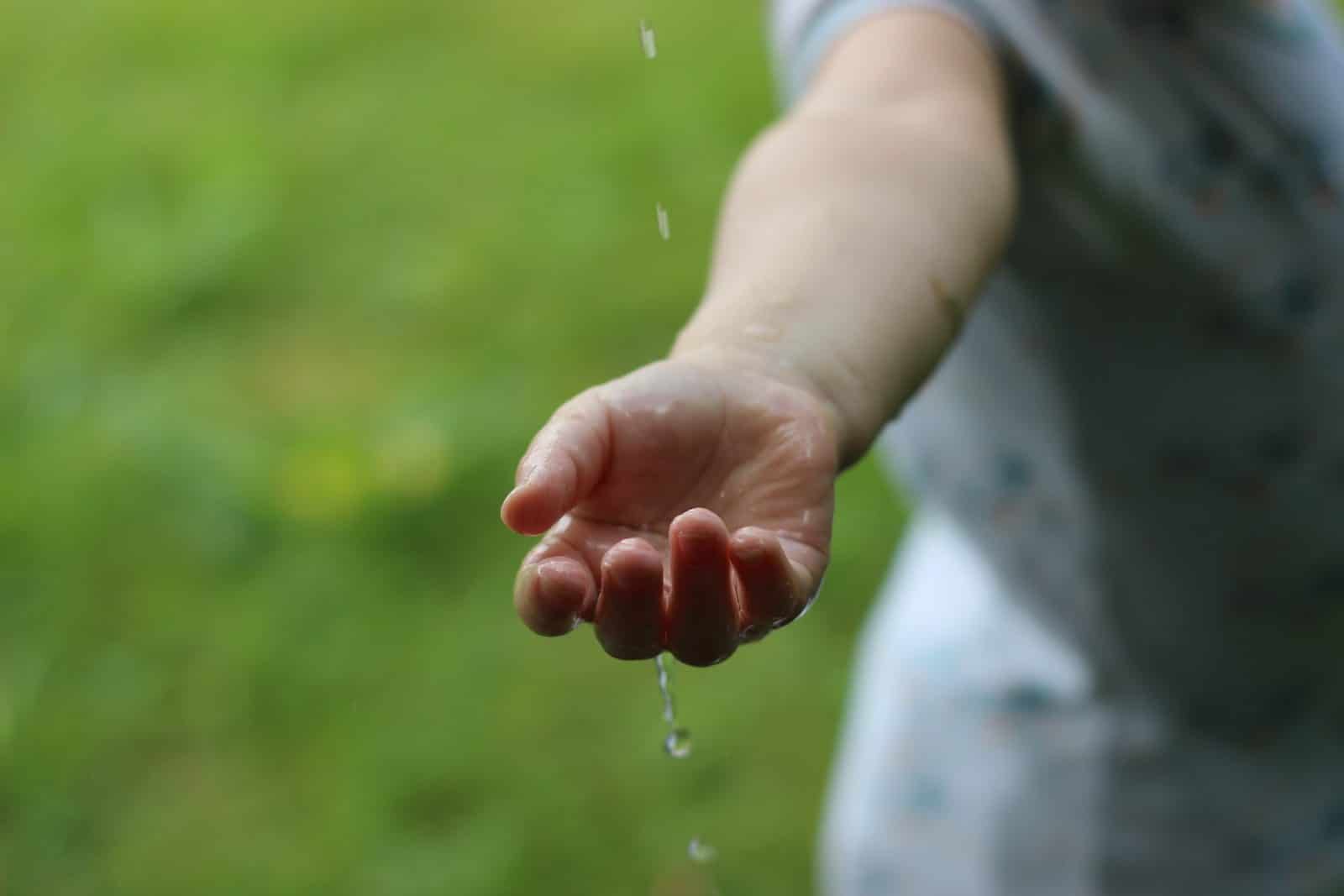In 2015 when I first witnessed the movement for global development with the adoption of The 2030 Agenda for Sustainable Development I was immediately excited. The Sustainable Development Goals created within this agenda are the blueprint to achieve a better and more sustainable future for all. They address the global challenges we face, including those related to poverty, inequality, climate, environmental degradation, prosperity, peace, and justice. The goals are woven together in order to ensure that no person be left behind in our rapidly changing world. The 17 goals and 169 targets are ambitious, integrated and interlinked. They cover the core dimensions of sustainable development: people, planet, prosperity, and peace.

In my role as an Early Childhood Education (ECE) administrator with one foot in the political arena, I believed instantly that ECE would be one of the strongest paths available to us for reaching the goals set forth in the sustainable development agenda 2030. I have never shied away from advocating for the idea of investing more in ECE, creating genuine policy for ECE, and that strategic plans should be applied for better implementation of ECE programs at a national level throughout the world.
It is my belief that the Sustainable Development Goals recognize that children are agents of change when they are afforded the opportunity to channel their infinite potential to create a better world. This infinite potential is fostered and strengthened in ECE centers like ours here in San Jose. In the words of then United Nations Secretary-General Ban Ki-moon: “The Sustainable Development Goals recognize that early childhood development can help drive the transformation we hope to achieve over the next 15 years…Investing in early childhood development does not just benefit children, it benefits societies”.
You might ask why I believe so strongly that ECE should be a driving force behind the transformation we want to achieve through the sustainable development goals. I believe that children are our future and the basis for all dimensions of societal change should be designed around their right to thrive and develop to their fullest potential. It is also my belief that without a doubt children should be afforded equal opportunity to participate in the development of a sustainable society. We need only look to the youth who are leading the fight for climate change to understand this.
I believe that quality ECE can and should support this change through the use of holistic and developmentally appropriate curriculums, which will prepare young children to fully grasp the concepts defined within the agenda. If not grasp them, then at the very least children will have the tools needed to live and participate in a society working towards meeting the sustainable development goals. It is a widely recognized fact that a developing brain needs multiple inputs; health, nurturing care, protection, and enrichment. By incorporating these multiple inputs into our curriculum, we can foster the developmental potential of young children. At the same time, we also maximize the multiplier effect ECE has on many of the Sustainable Development Goals. Allow me to define examples as to the importance of ECE in 11 out of the 17 Sustainable development Goals.

Goal 1 Eradicate poverty: ECE has been documented to be one of the most cost-effective strategies for poverty alleviation. Early in life, when the brain has the maximum capacity to develop in the fullness of its complexity, through quality ECE children learn the fundamental skills that will help them flourish in the labor market and support economic growth.
Goal 2 End hunger and improve nutrition: The relationship between nutrition and development both cognitive and physical is critical in early years. Nutrition is one of the three major factors that impact a child’s development. Furthermore, ECE interventions buffer the negative effect of stress thereby improving absorption of nutritional intake.

Goal 3 Ensure healthy lives: Through providing children with opportunities to both participate in and develop an understanding of what healthy lifestyle choices are, early in life we set a trajectory for lifelong health. Through providing quality ECE, not only do children survive, they thrive.
Goal 4 Ensure lifelong learning: Learning begins at birth and research has shown that high quality ECE is crucial in promoting children’s development and learning and, in the long term, enhancing their educational chances.[1] The ever important early years from birth through compulsory school age are the most formative in children's lives and set the foundations for children’s lifelong development and patterns for their lives.
Goal 5 Achieve gender equality: The connection between ECE and women’s economic empowerment is clear. Greater investment in high-quality and affordable childcare is linked to greater opportunities for women’s economic advancement and empowerment. The reason for our first preschool here in Iceland was to provide single mothers with the opportunity to attend school and/or work. Iceland now leads the world in Gender Equality. Dually we should understand the importance of boys and girls being afforded equal opportunity to education through quality ECE.
Goal 8 Promote decent work for all: Universal childcare is a critical element of the decent work agenda. Furthermore the investment in professionalization of the early childhood workforce also contributes to full and productive employment, especially for women.
Goal 10 Reduce inequality within and among countries: Inequality often begins before birth. ECE can be a powerful equalizer. The first few years of a child’s life offer a window of opportunity to provide interventions that can close the inequality gap between children born into disadvantage and those born with many advantages. In 1964 Urie Bronfenbrenner went before congress to lobby for exactly this concept here in the United States of America.
Goal 11 Make cities and human settlements inclusive, safe, resilient and sustainable: The basic concepts used with children in an ECE center are most often based on inclusion, safety, resilience and sustainability. The physical environment in ECE centers require safe spaces that have sustainable, natural, and inclusive features. I would also like to point out that ECE centers are often the heart of a community.

Goal 12 Ensure sustainable consumption: In ECE programs we have every opportunity to set in place patterns of consumption, positive attitudes towards conservation and behavioral practices that will preserve the environment. What children learn early has the potential to last a lifetime.
Goal 16: Promote peaceful societies: Early childhood centers have the potential to promote healthy social and emotional development, foster relationships among children and instill values and behaviors that can reduce violence and promote peace and equality.
Goal 17 Strengthen the means of implementation: Measurement and assessment of early childhood development at global, regional and national levels can serve as a powerful tool to achieve common health, social, and economic goals, and to bring together civil society and governmental partners.
I recently read that the Bay Area cities of San Francisco-Oakland-Hayward scored the highest in the U.S. on achieving the United Nations’ Sustainable Development Goals this is very encouraging. Let us hope that in order to continue to stay at the top and achieve the goals set forth within the 2030 Agenda for Sustainable Development, legislators and policy makers alike realize the importance of investing in quality ECE.
[1]Proposal for key principles of a quality Framework for Early Childhood Education and Care; Directorate-General for Education and Culture 2014 https://ec.europa.eu/assets/eac/education/policy/strategic-framework/archive/documents/ecec-quality-framework_en.pdf

